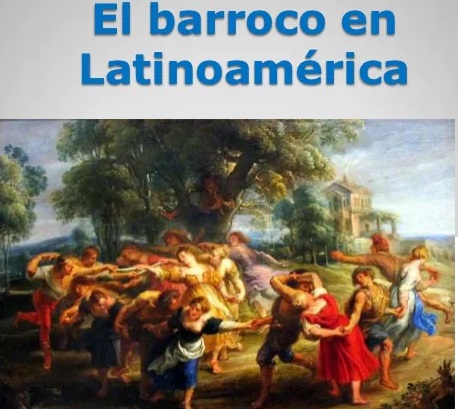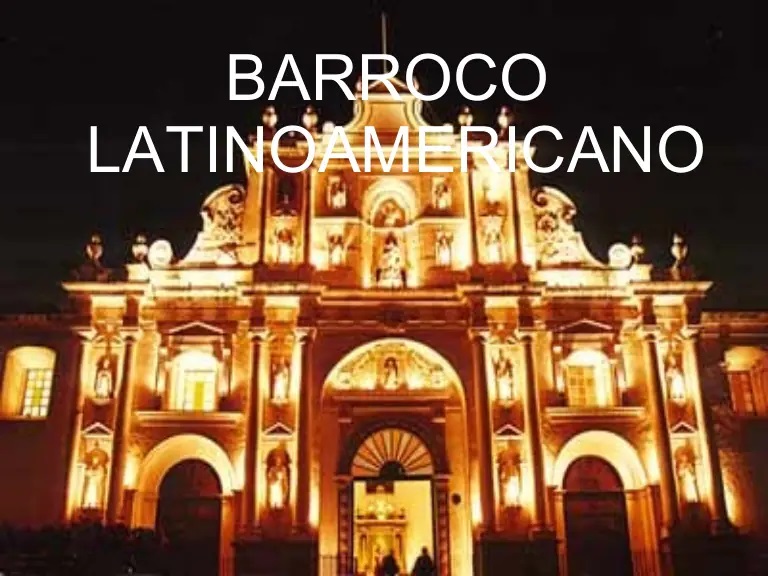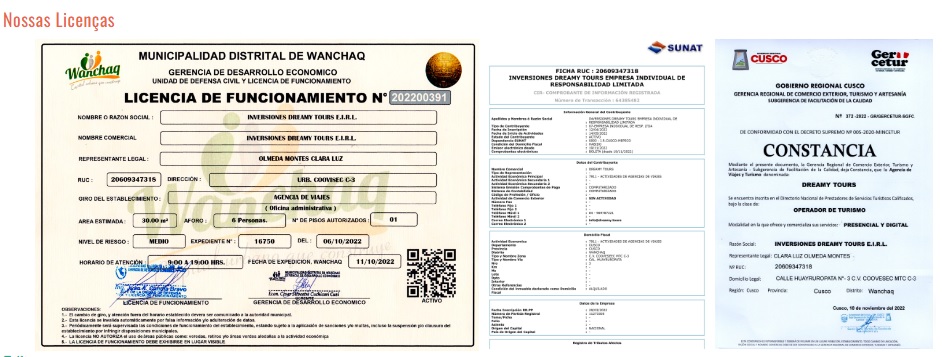Hello bloggers, today I’m going to write, talk about the Latin American baroque, that’s is similar to the baroque that occurred in Italy or Spain. Lean more about in the blog below.
About Latin American Baroque:


Some of the characteristics of the Latin American Baroque have to do with more ornate constructions than European ones. The constructions of the Latin American Baroque are related to those Baroque constructions of Latin countries, such as the Italian, Spanish or French Baroque.
The Latin American Baroque continues in the 18th century, when in Europe the late baroque (the last stage of this style) developed in the late 17th and early 18th centuries. This is the case of the Mexican Baroque that lasted until the 18th century, also in Peru, Cusco.
Unlike Europe, the Latin American Baroque focused on the construction of cathedrals. The great constructions of this style were carried out mainly by the clergy than by the states.
Historic context:
The seventeenth century was generally a time of economic depression, a consequence of the prolonged expansion of the previous century, caused mainly by the discovery of America. Poor harvests led to higher prices for wheat and other basic products, with subsequent famines.
Trade stagnated, especially in the Mediterranean area, and only flourished in England and the Netherlands thanks to trade with the East and the creation of large trading companies, which laid the foundations of capitalism and the rise of the bourgeoisie.
The bad economic situation was aggravated by the plague plagues that ravaged Europe in the mid-seventeenth century, which particularly affected the Mediterranean area.
Another factor that generated misery and poverty was the wars, caused mostly by the confrontation between Catholics and Protestants, as is the case of the Thirty Years’ War (1618-1648).
All these factors caused a serious despair of the population; in many countries, the number of poor and beggars reached a quarter of the population.
Latin American Baroque
The Latin American baroque had its climactic point in the 18th century, as it was a heritage brought to the American continent by the Spanish conquerors and colonizers.
Unlike its European roots, the Latin American baroque was happily mixed with the indigenous and the African. The result was a cultural trend that, although it obeyed the abundance and waste, typical of the Baroque, did so using a unique cultural and imaginary tradition in the world.
Characteristics of the Latin American Baroque
Dualistic oppositions are expressed through violent and exalted antitheses. 2. On the one hand, the serene and balanced beauty is manifested, however, also at the same time, the abnormal and macabre was expressed.
The great contrasts of light and shadow enhance the scenographic effects of the paintings, sculptures and architectural works.
An intense spirituality is evidenced that appears almost always in scenes of ecstasy, martyrdom and miraculous apparitions.
The hint of vast spaces in baroque painting and sculpture is frequently manifested. Therefore, painters always sought the correct representation of space and perspective in their works.
Naturalism is highlighted, since the figures were represented in the paintings not only as simple stereotypes but also in an individualized way, with their own personality.
The representation of inner feelings, the exaltation of passions and temperaments, was what artists always sought, being magnificently reflected in the faces of the characters.
It is evident in the baroque works, the intensity and immediacy, the individualism and the detail in the realistic representations of the skin and clothes, making it one of the most deeply rooted styles of Western art.
American elements are incorporated, of language enriched with expressions of local speech, with the exaltation and vitality of the new, verbal images, contrived and metaphorical descriptions with comparisons of precious materials.
The Catholic Church had a decisive influence on many of the characteristics of Baroque art in America, as it became one of its patrons, so the Counter-Reformation fought the spread of Protestantism, building an emotional, exalted, dramatic and naturalistic art. , with a clear sense of concern for faith.
The Baroque in Literature:
Baroque literature brought with it a renewal of techniques and styles.
The baroque poets of the seventeenth century, mixed traditional stanzas with the new ones, thus cultivating the triplet, the quartet, the sonnet and the round. The rhetorical figures were served, seeking a formal arrangement laden with ornaments.
Latin American Baroque Art:
Latin American Baroque art was one of the most favored artistic expressions in the Baroque and that exhibited the greatest diversity in its different geographical manifestations. The Latin American Baroque art styles, however, can be classified into two main aspects. Each of these aspects approached another style, although always differing:
Naturalism: Style based on the observation and reproduction of nature, accommodating the artist’s moral or aesthetic guidelines, if not very free interpretations of the painted object. He is heir to the tenebrism (taste for chiaroscuro) of Caravaggio, which is why it is also known as “Caravaggism”.
Classicism: A style opposed to naturalism and its influences, it was a realistic style that obeyed a more rational conception, in which drawing predominated over the magic of color. His works were closed and without the abrupt diagonals typical of the Baroque.
Baroque architecture
During the Baroque, architecture assumed much more dynamic forms. A deep sense of theatricality and staging was cultivated, as well as lush and abundant décor.
Concave and convex shapes were preferred over the rigidity and linearity of classicism. Urbanism was given great importance, since kings and popes wanted to control the transformation of public spaces in cities. Optical games and with the perspective of the spectator or passerby also abound.
Baroque sculpture
During the Baroque, sculpture had a behaviour similar to that of architecture, especially because together they decorated public spaces, palaces and religious buildings. This means that the sculpture had a dynamic, expressive, ornamental and highly varied personality in the different European countries.
In general lines, it was presented in two variants:
Gothic: In countries like Spain and Germany, highly linked to the religious imagination and local tradition.
Renaissance: In countries like Italy and France, in which the Renaissance had supplanted Christianity with a return to the classical Greco-Roman imaginary.
Latin American Baroque Music:
Latin American Baroque music was an important expression of the Baroque style, becoming over time the quintessential style of academic music in Europe. The Latin American Baroque musical style ranges from opera around 1600 to Johann Sebastian Bach’s death in 1750.
Latin American Baroque music is characterized by the use of tonalities, the continuous bass and the creation of its own musical forms, such as the sonata, the concert and the opera, along with the forms influenced by the church, such as the mass or the requiem. In all of them the improvisation had an important reserved space, to serve as ornamentation to the piece.
Tours in Cusco:
- City Tour Cusco
- Sacred Valley Tour
- Super Valley Vip
- Maras and Moray Tour
- Sacred Valley and Machu Picchu Tour 2 Days
- South Valley Tour
- Historical Cusco Tour 3 Days
- Cusco Tour 5 Days
- Cusco Tour 6 Days
- Cusco to Puno Tour 7 Days.
Dreamy Tours

Contact Us:
For more information, please contact us DREAMY TOURS, we will be happy to answer all your questions about Peru, Bolivia and Chile.
We are a Travel Agency specialized in tours, packages, if you need some information, please write to us.
We offer tours, excursions – Peru – Bolivia – Chile:










